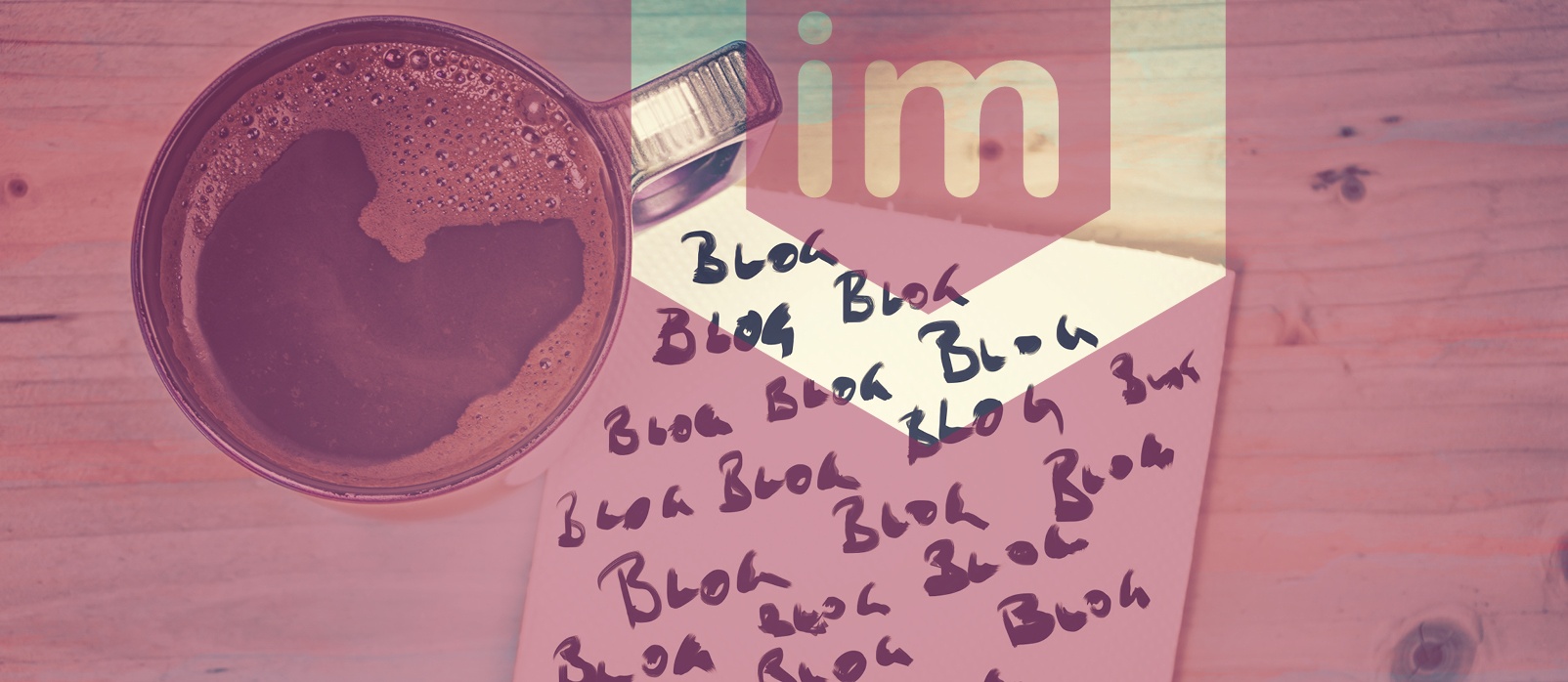The 5 Key Components of a Great Blog Post

Blog content is your 'bread and butter' content, it adds quality and depth to your website and can increase traffic through organic search as well as positioning your business as a thought leader within your industry.
This means it's very important that your blog posts are created and structured in line with best practice, get it right and your blog content will increase engagement, traffic and leads!
Here are 5 things you should include in every blog post...
1. A Compelling Title
A blog post’s title is the first thing people will see and, unfortunately, people do judge a book by its cover - it’s a snap decision, based on your title, whether they decide to click and read on.
If your offer is a piece of content, such as a whitepaper, ebook, or presentation, put extra effort into creating an amazing title. Clearly indicate what the article is about. Clarity and specificity attract readers and prompt them to share the post with their networks.
You should also keep your title under 70 characters so it doesn't get cut off in search engine results. And don’t forget to include your keyword! This is good SEO practice and will help users find your content.
We recommend utilising a Headline Analyser to score and tweak your titles. Whether you choose to pay for a tool or find a free one, this is a great way to assess the language, sentiment and structure of your title.
2. Well-written and formatted text
The body of your post should be well written and formatted in a way that makes it easy to read.
People get put off by big blocks of text so consider breaking your body text up into 1 or 2 sentence bites. You can also use header tags and bullet points to break up content and make it easy for readers to skim key messages.
Nothing will put your readers off more than spelling and grammatical errors. Always ask a colleague or a friend to review the post before you publish - an editor will pick up on the little errors. Professional writers use editors, why shouldn’t you?
3. Multimedia Content
Relevant multimedia content can make a blog post more memorable and fun to read. It also helps to break up text and make it more pleasing to the eye.
Aim to add at least one relevant image per blog post. But don’t go overboard because too many images can slow down your page loading time. Slideshow presentations, videos, and infographics are examples of other multimedia content you can feature.
4. Links
Include in-text links to other relevant content, thus helping readers dig deeper into the resources they are most interested in. Your links can, naturally, point to your own internal pages and landing pages to help you generate more leads from your content.
You can also include links to external content, this encourages backlinks from other writers to your content and is good practice if you have referenced or quoted from external sources.
5. Use a Call-to-Action (CTA)
Each and every blog post you publish should include a relevant call to action to help boost engagement and lead generation.
Make sure CTAs stand out. This could simply mean the buttons are large or you can get a little more creative and include eye-catching clickable visuals. Whatever your CTA looks like it needs to entice readers to click!
Anything below the fold (the stuff people have to scroll down to see) will only be viewed by 50% of the people who visit your page. Including a CTA above the fold as well as below can therefore instantly double your impressions.
This blog is a snippet from the Content section of our 'Essential, Step-By-Step Guide To Inbound Marketing For UK SMEs'. For free access to the entire guide, click the link below:


